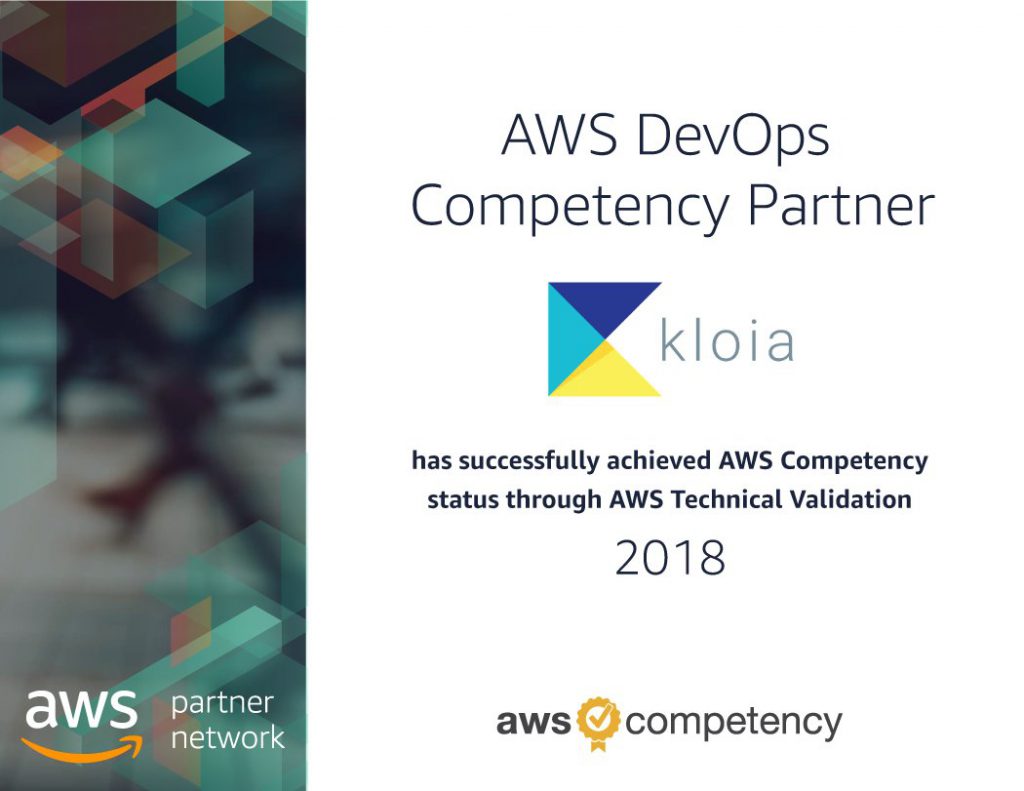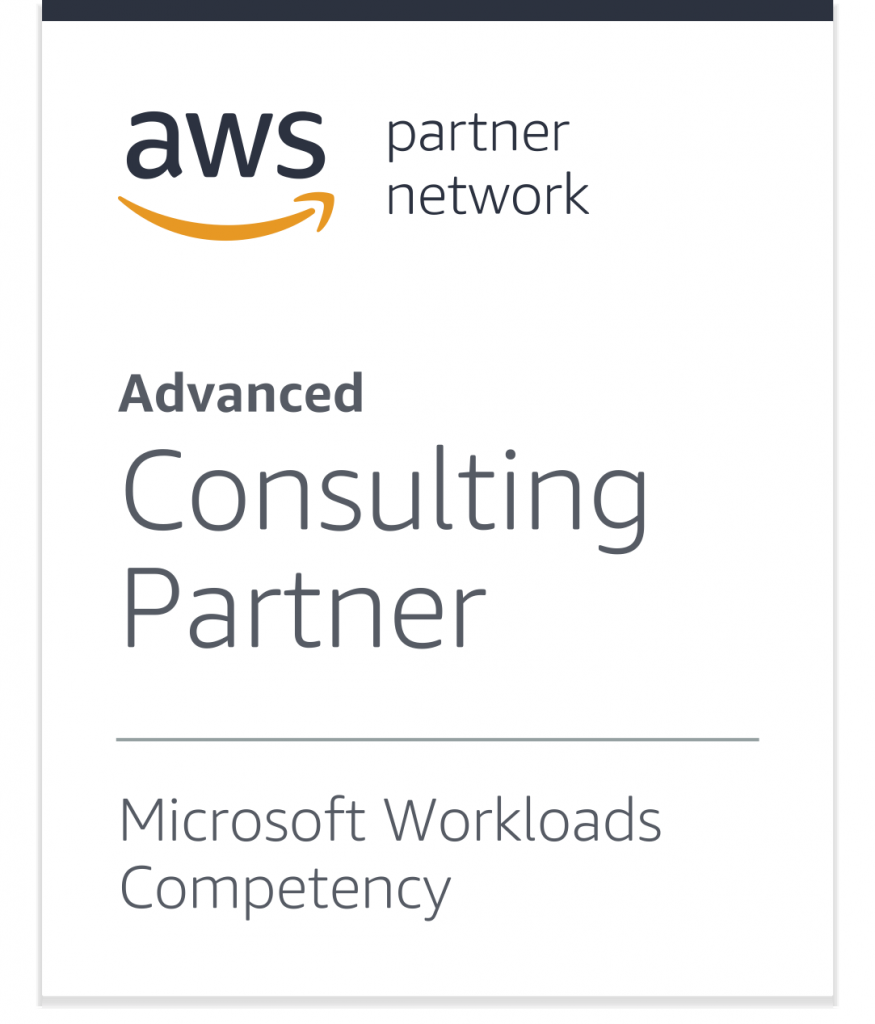 |
 |

|
 |
 |
 |
 |
 |

Solution provider that moves you onto the new-era in DevOps, Cloud and Microservices
DevOps, Cloud and Microservices
We work with daring, innovative companies who actively seek the benefits of modern software development practices. We are a team of experienced, curious engineers. We don’t give you slide shows and then leave you to work. We join your teams to transition your company to modern practices in DevOps, cloud, test automation, and microservices. We love sharing our expertise; we help you leave legacy processes behind, we provide training to level up your technical skills. We are partners with cutting-edge DevOps and cloud platforms to bring you tried-and-tested solutions to your specific problems.




















